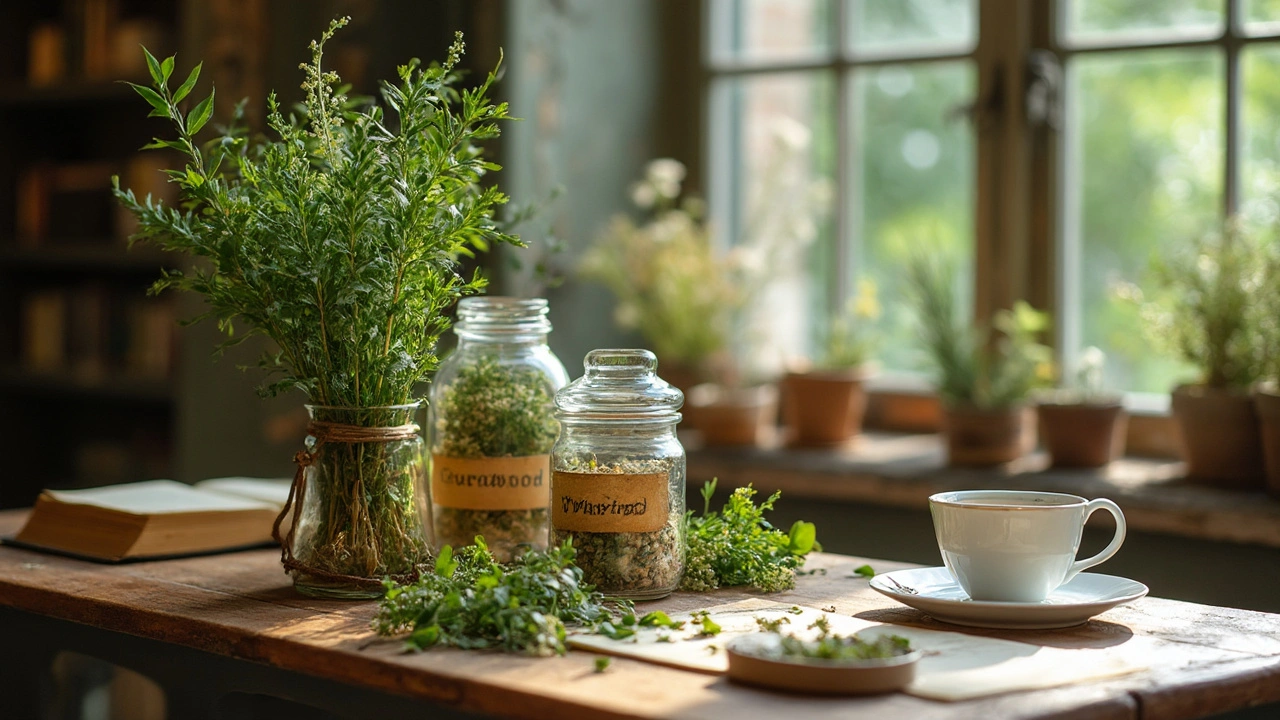Yarrow: Uses, How to Use It, and Safety Tips
Yarrow (Achillea millefolium) looks ordinary but does a lot of useful work. People use it for mild cuts, digestion, period cramps, and to attract helpful insects to the garden. Below you’ll find clear, practical tips on spotting yarrow, simple recipes you can try today, and safety points to keep in mind.
Spotting, harvesting, and storing
Yarrow has feathery, fern-like leaves and flat clusters of tiny flowers that are usually white, sometimes pink or red. Stems are slightly hairy and plants usually stand 20–60 cm tall. Harvest flowers and upper leaves on a dry day when blooms are open. Don’t take more than one third of a patch so it keeps producing. To dry, spread stems in a ventilated room away from direct sun; a week is enough. Store dried yarrow in a sealed jar in a cool dark place for up to a year.
Simple ways to use yarrow
Tea: Use one teaspoon of dried yarrow per 250 ml (one cup) of hot water. Steep 7–10 minutes, strain, and sip for digestion, mild bloating, or to calm period cramps. Limit to one cup once or twice daily unless you notice benefits without side effects.
Tincture: Chop fresh yarrow or use dried plant in a jar. Cover with 40–50% vodka at a 1:5 herb-to-alcohol ratio (by weight for fresh, by volume for dried). Seal and shake daily for 4–6 weeks, then strain. Tinctures are concentrated—start with a few drops to half a teaspoon and increase slowly as needed.
Topical salve: Make an oil by infusing dried yarrow in olive oil for two weeks or gently heating fresh herb in oil on very low heat for 1–2 hours. Strain, warm the oil, mix with beeswax (about 1 part beeswax to 8 parts oil) and pour into containers. Use on minor cuts, insect bites, or dry patches. If irritation appears, stop use.
Garden use: Yarrow attracts ladybugs, lacewings, and other beneficial insects. Plant near vegetables to help pest control. It tolerates poor soil and full sun, and will spread—use roots or divisions to control growth.
Safety notes: Some people get skin reactions or increased photosensitivity from yarrow. It can affect blood clotting and might interact with blood-thinning drugs. Avoid regular internal use if you are pregnant or breastfeeding. If you’re on prescription medication, check with a healthcare pro before using yarrow regularly.
Practical red flags: Stop use if you develop rash, swelling, persistent stomach upset, or increased bleeding. For deep wounds, infections, high fever, or heavy bleeding, seek medical care—yarrow can help small problems but not replace emergency treatment.
If you want more herbal how-tos, look through related posts on the site for wound care, safe supplement use, and gardening tips. Yarrow is handy and low-maintenance, but use it wisely and pay attention to how your body reacts.



